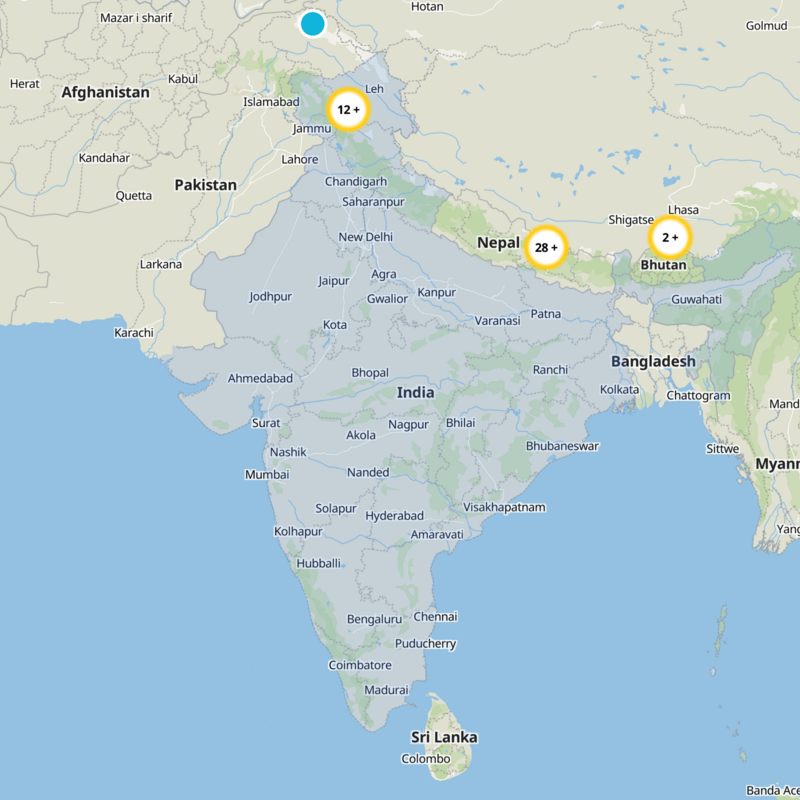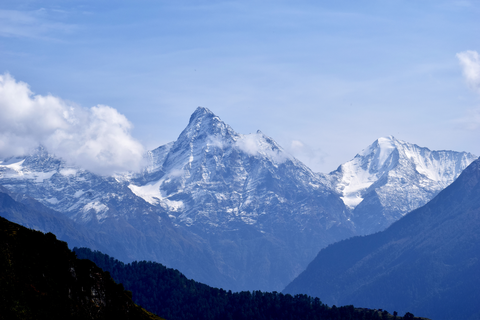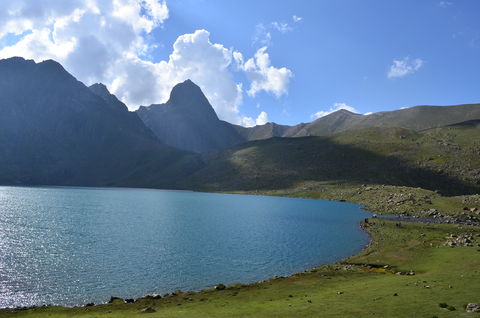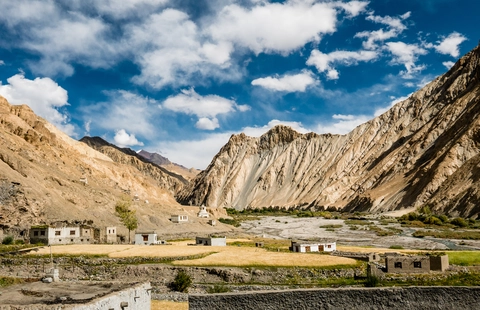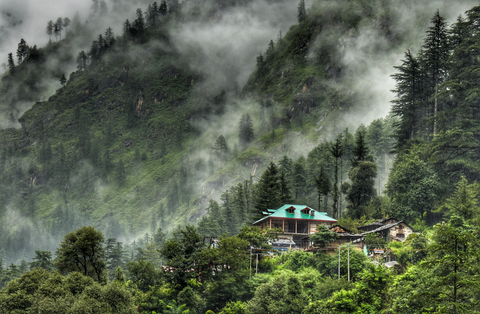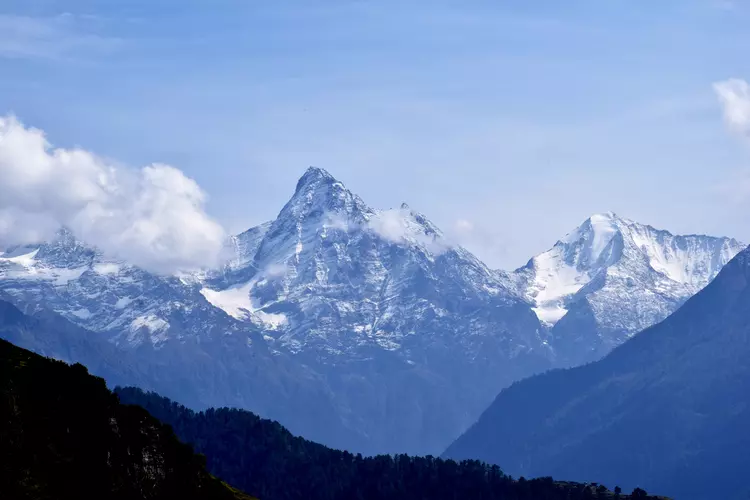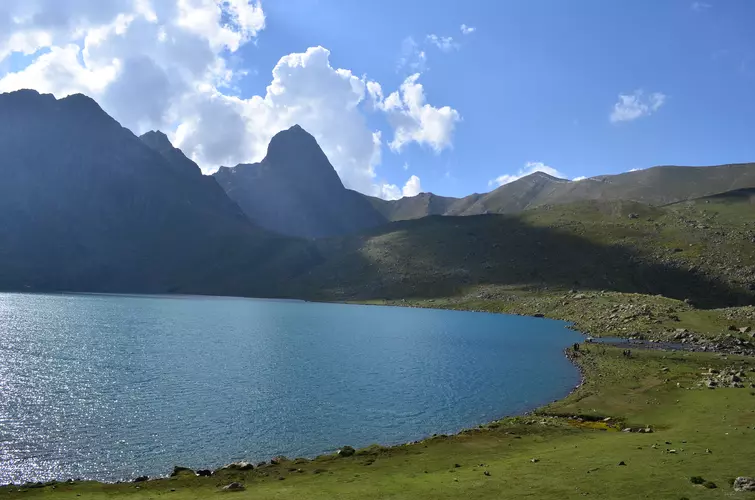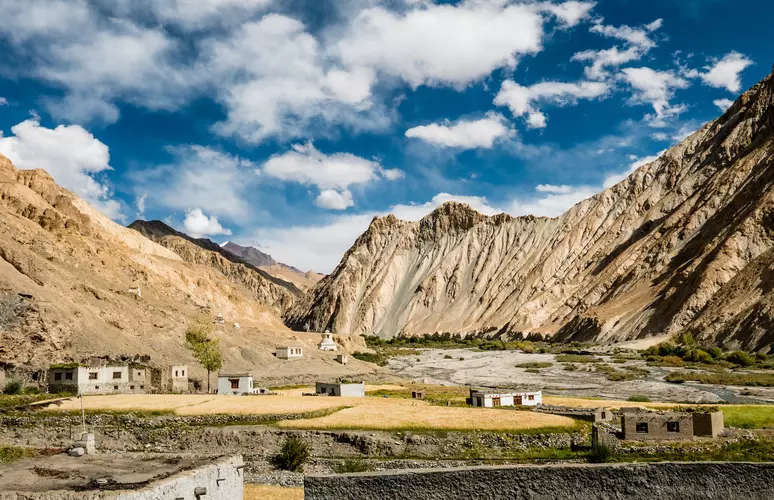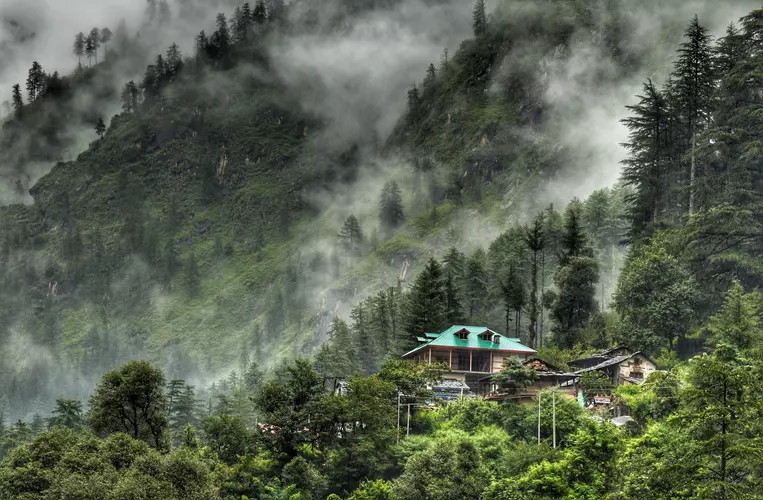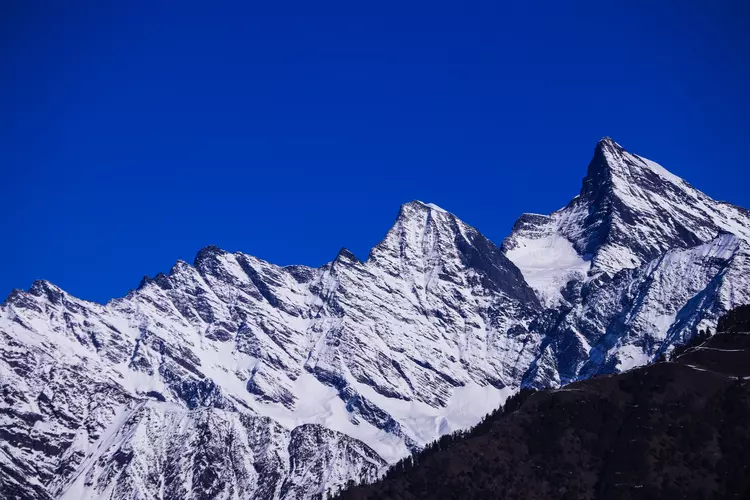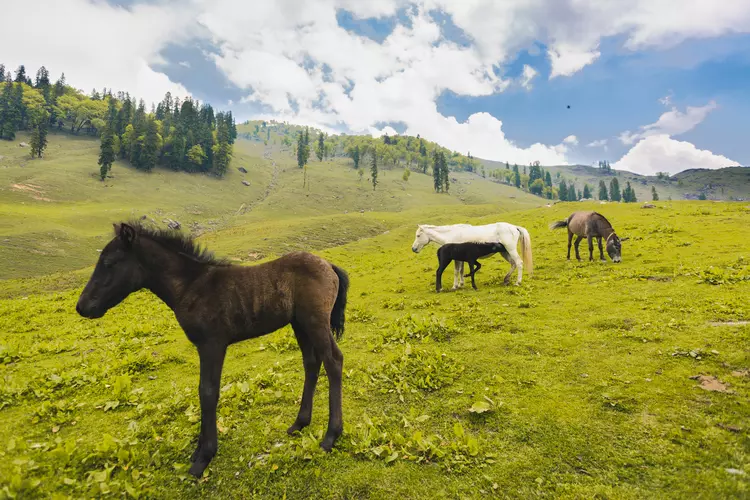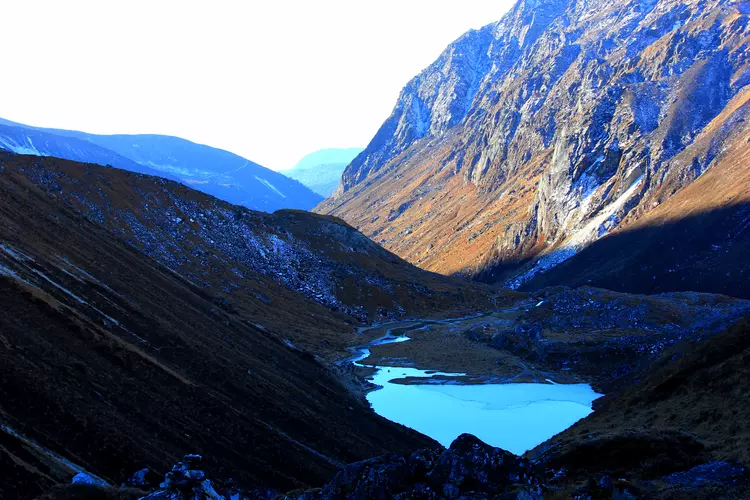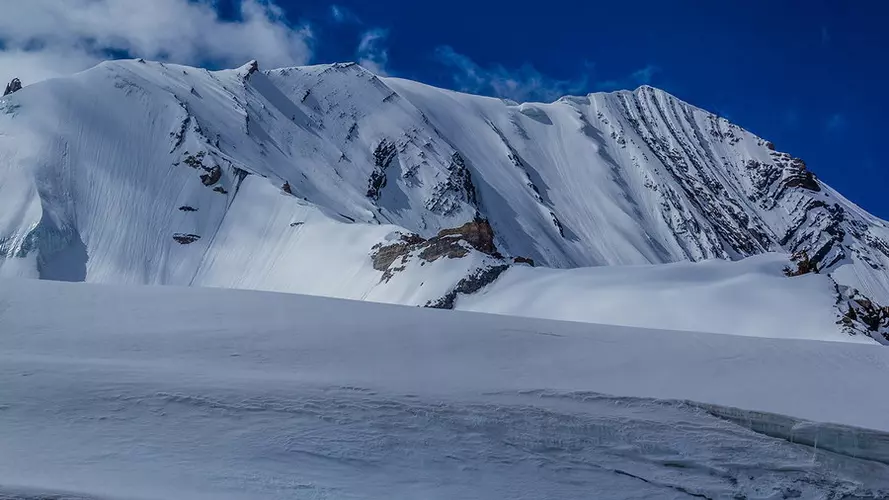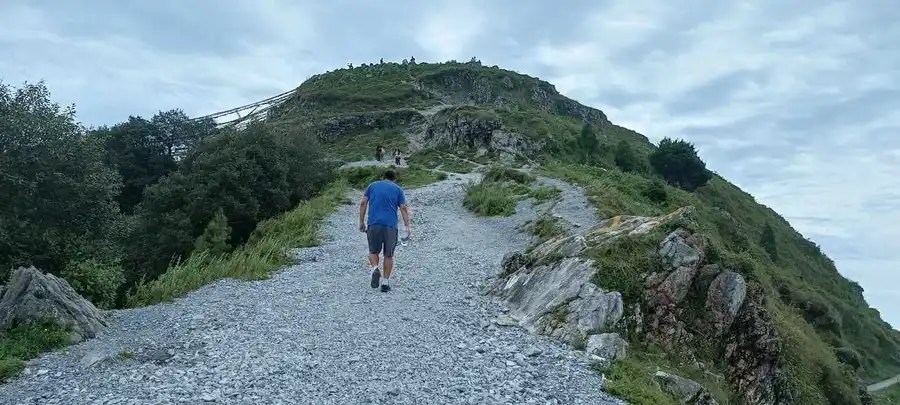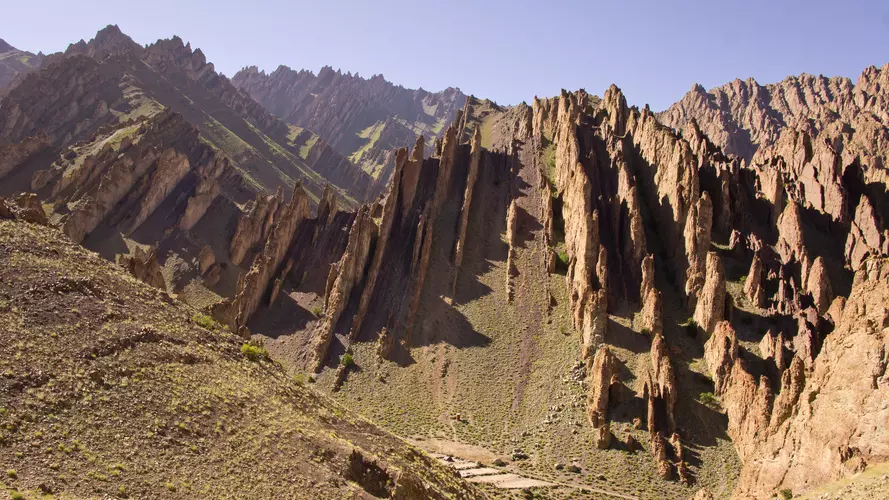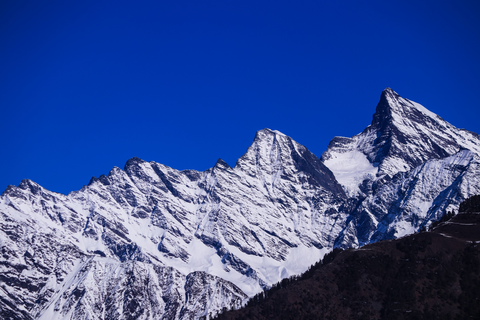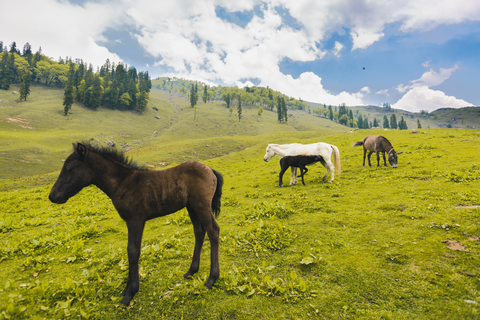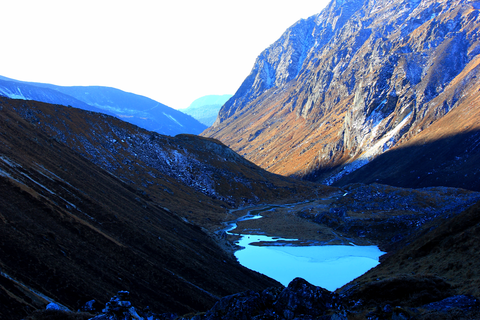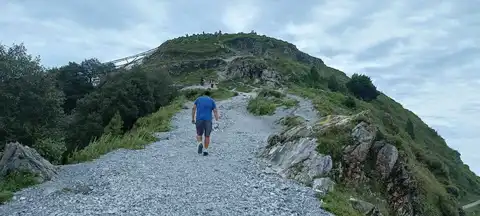"Trek India's vibrant landscapes, uncovering ancient tales, hidden waterfalls, and welcoming local communities."
Embark on an unforgettable journey through India's diverse landscapes, where every trail tells a story of ancient cultures and breathtaking beauty. From the majestic Himalayas in the north, offering challenging treks like the Markha Valley, to the lush Western Ghats in the south, home to the serene Kudremukh trails, India's hiking paths promise adventure and tranquility. Discover hidden waterfalls, vibrant wildlife, and the warmth of local communities, making each step a memorable experience.
Most popular hikes
FAQs about hiking in India






